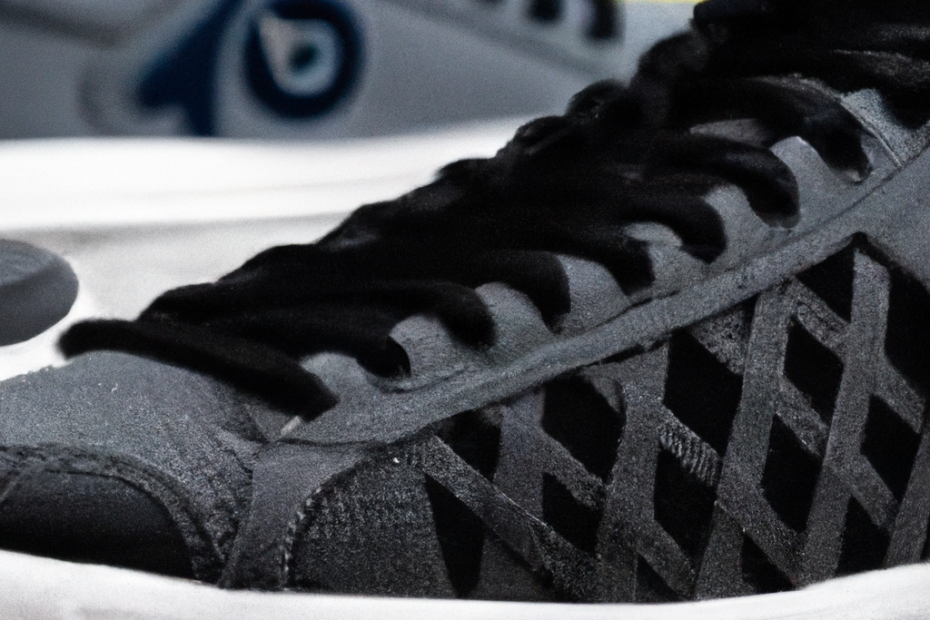When it comes to gym footwear, the options are endless. From high-tech running shoes to specialized weightlifting footwear, choosing the right shoe can significantly impact your workout. But what about the classic Converse Chuck Taylors? These iconic sneakers have been a staple in American culture for decades, but are they suitable for the gym? In this comprehensive guide, we’ll explore whether Converse shoes are good gym shoes, delve into their pros and cons, compare them with other popular gym footwear, and provide tips for incorporating them into your fitness routine.
The History of Converse Shoes in Fitness Culture
Converse shoes, particularly the Chuck Taylor All Star model, have a rich history dating back to the early 20th century. Originally designed as basketball shoes, they’ve evolved into a fashion staple. However, in recent years, they’ve found a new niche among fitness enthusiasts, especially in strength training communities across the USA.
The Rise of Converse in Weightlifting
Weightlifters and powerlifters have embraced Converse shoes due to their flat soles and minimal cushioning, which provide a stable base for lifting heavy weights. The flat sole ensures maximum contact with the ground, enhancing balance and stability during compound movements like squats and deadlifts.
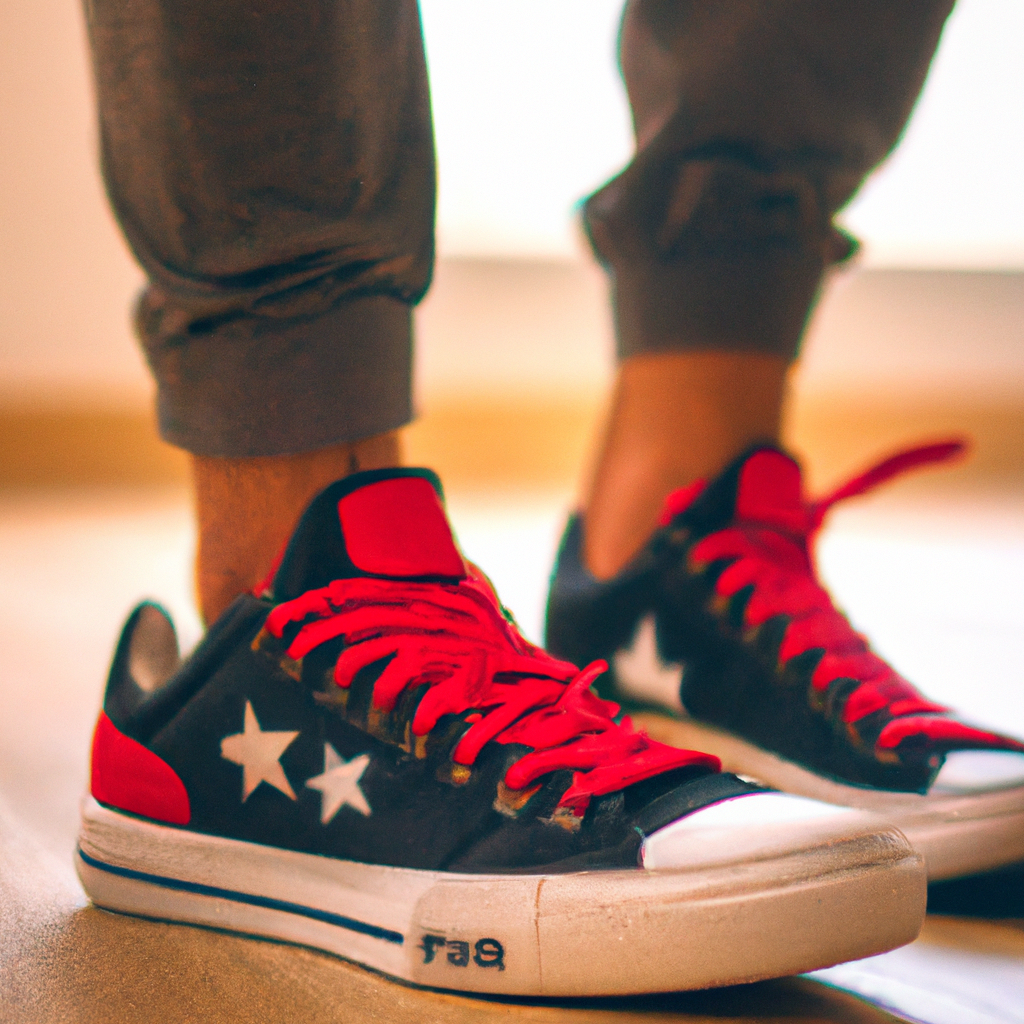
Pros and Cons of Wearing Converse Shoes at the Gym
Before deciding if Converse shoes are right for your gym sessions, it’s essential to weigh their advantages and disadvantages.
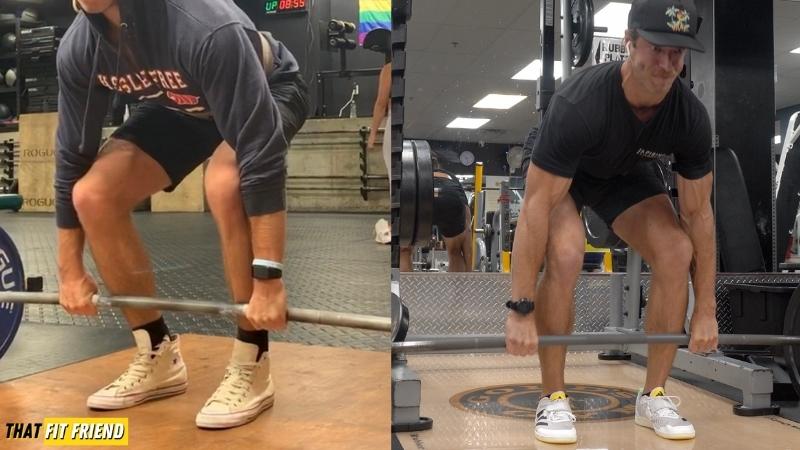
Pros
- Flat Sole Design: Ideal for lifting exercises where stability is crucial.
- Minimal Cushioning: Allows for better ground feel and posture alignment.
- Versatility: Suitable for casual wear and gym use, reducing the need for multiple shoes.
- Affordability: Generally more budget-friendly compared to specialized gym shoes.
- Ankle Support: High-top models offer added support for the ankles during lifts.
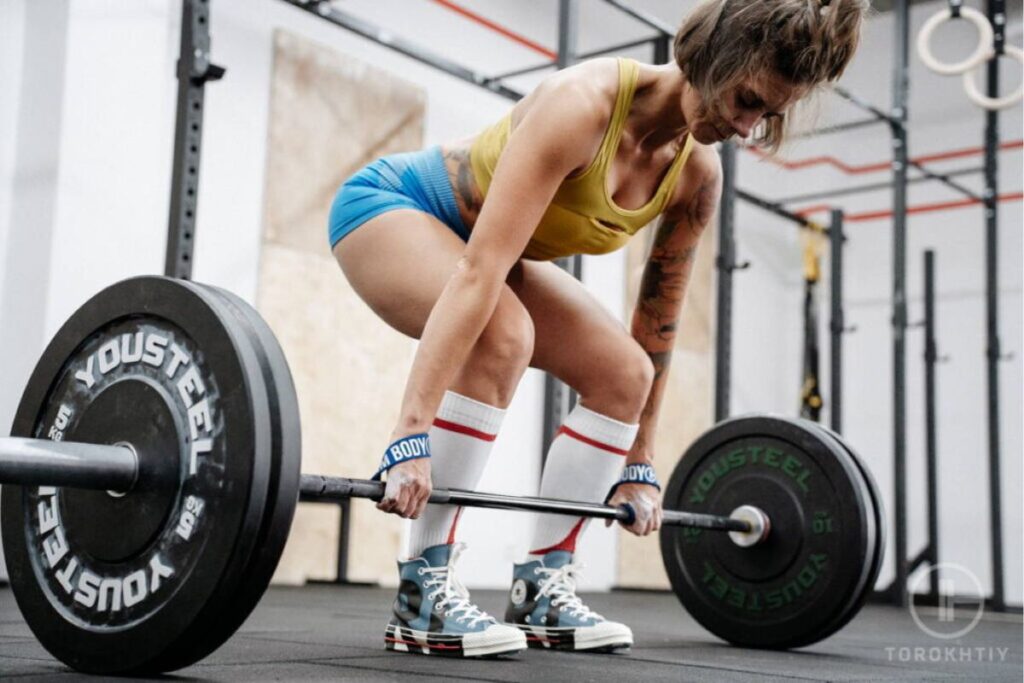
Cons
- Lack of Arch Support: Not ideal for individuals who require additional support.
- Not Suitable for Cardio: Insufficient cushioning for running or high-impact activities.
- Durability Concerns: May wear out faster when used extensively for gym workouts.
- Breathability Issues: Canvas material may not provide adequate ventilation, leading to sweaty feet.

Comparison with Other Gym Shoes
Understanding how Converse stack up against other gym shoes can help you make an informed decision.
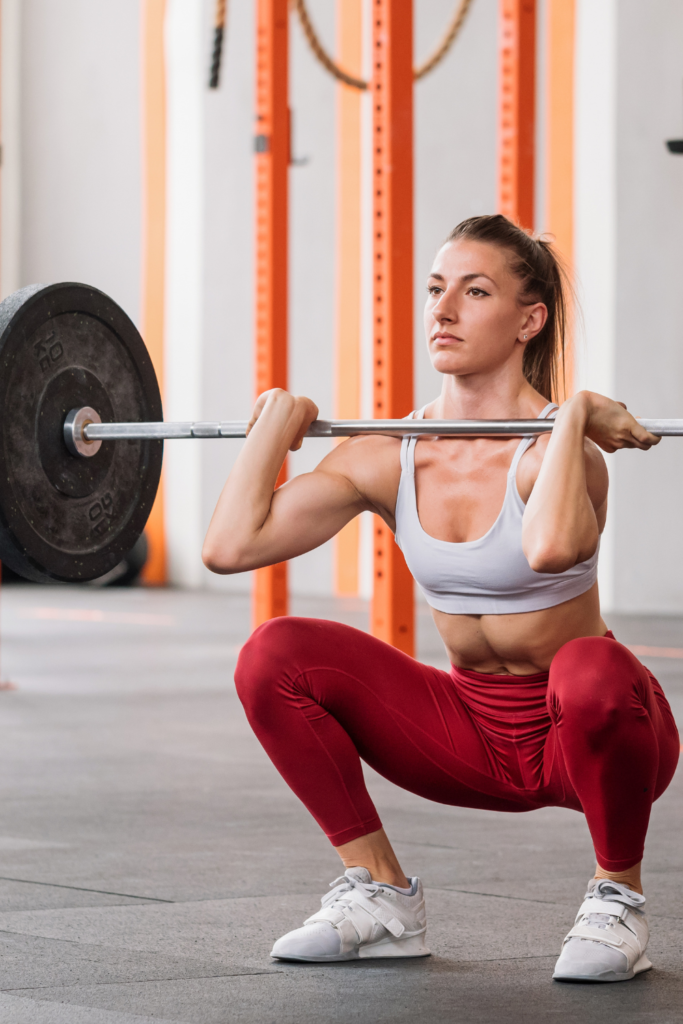
Converse vs. Running Shoes
| Feature | Converse | Running Shoes |
|---|---|---|
| Sole Type | Flat Sole | Cushioned Sole |
| Support | Minimal Support | Enhanced Arch Support |
| Best For | Weightlifting, Powerlifting | Running, Cardio Exercises |

Converse vs. Weightlifting Shoes
| Feature | Converse | Weightlifting Shoes |
|---|---|---|
| Sole Type | Flat Sole | Raised Heel |
| Stability | Good | Excellent |
| Price Point | Affordable | Expensive |
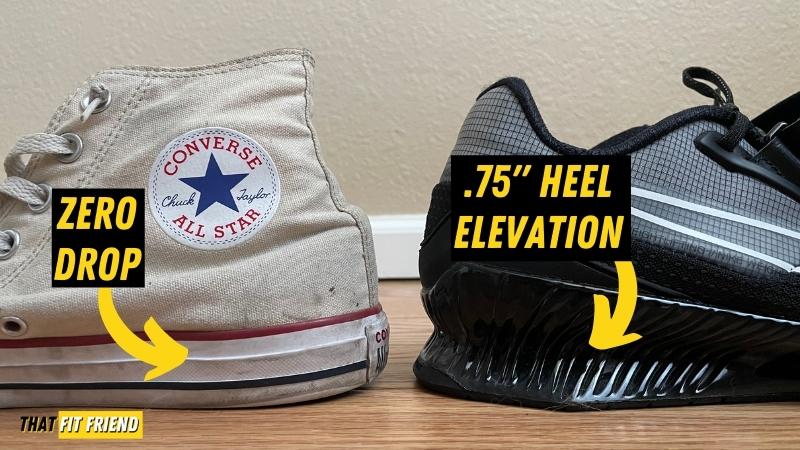
Converse vs. Cross-Training Shoes
| Feature | Converse | Cross-Training Shoes |
|---|---|---|
| Versatility | Limited | High |
| Cushioning | Minimal | Moderate |
| Best For | Strength Training | Variety of Gym Activities |
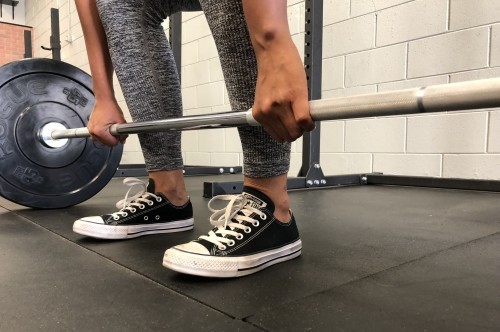
Best Types of Workouts for Converse Shoes
While Converse may not be the best choice for every gym activity, they excel in specific areas.
Weightlifting
The flat, sturdy sole of Converse shoes makes them ideal for weightlifting. The lack of cushioning ensures that your feet are closer to the ground, providing better stability and force transfer during lifts.
Powerlifting
Converse shoes are popular among powerlifters for exercises like deadlifts and squats. The minimal heel lift allows for proper form and reduces the risk of injury.
General Fitness Training
For strength training and low-impact workouts, Converse can be a comfortable and practical option.
Workouts Not Suitable for Converse Shoes
Cardio Exercises
Converse shoes lack the cushioning and support needed for running or high-impact cardio exercises. Using them for such activities can lead to discomfort or injury.
High-Intensity Interval Training (HIIT)
HIIT workouts often involve a mix of dynamic movements. The minimal support in Converse shoes may not provide the necessary stability and could increase the risk of ankle injuries.
Tips for Using Converse Shoes in the Gym
If you decide to wear Converse shoes during your workouts, consider the following tips to maximize comfort and performance.
Proper Lacing Techniques
Ensure your shoes are laced snugly to provide adequate support. For high-top models, lace them up to the top eyelets to enhance ankle stability.
Choose the Right Socks
Wearing moisture-wicking socks can improve comfort by keeping your feet dry. This can help mitigate the breathability issues associated with the canvas material.
Alternate with Other Shoes
If your workout routine includes a mix of activities, consider alternating between Converse and other specialized gym shoes. This strategy ensures you have the right support and cushioning when needed.
User Experiences and Testimonials
Many gym-goers across the USA have shared their positive experiences using Converse shoes for strength training.
“I’ve been using my Chuck Taylors for deadlifts and squats for over a year now. The flat sole gives me the stability I need, and they’re much more affordable than specialized lifting shoes.” – John D., Houston, TX
“While I wouldn’t run a marathon in them, my Converse are perfect for my weightlifting sessions. They’ve become an essential part of my gym gear.” – Emily S., Brooklyn, NY
Frequently Asked Questions (FAQs)
Are Converse shoes good for weightlifting?
Yes, Converse shoes are popular among weightlifters due to their flat soles and minimal cushioning, providing a stable base for lifts.
Can I run in Converse shoes?
It’s not recommended to run in Converse shoes as they lack the necessary cushioning and support for high-impact activities like running.
Do Converse shoes provide good ankle support?
High-top Converse models offer better ankle support than low-top versions, but they may still not match the support provided by specialized athletic shoes.
Are Converse shoes durable enough for gym use?
While Converse shoes are durable for casual wear, extensive gym use may cause them to wear out faster, especially when used for heavy lifting.
What types of socks should I wear with Converse at the gym?
Moisture-wicking athletic socks are recommended to keep your feet dry and comfortable during workouts.
Conclusion
Converse shoes can be a good option for certain gym activities, particularly strength training exercises like weightlifting and powerlifting. Their flat soles and minimal cushioning provide a stable base, which is essential for lifting heavy weights. However, they may not be suitable for cardio activities or workouts that require more support and cushioning.
Ultimately, the decision to wear Converse shoes at the gym depends on your specific workout routine and personal comfort preferences. If you’re focused on strength training and value a stable, affordable shoe, Converse might be the right choice for you.
Additional Resources
For more information on footwear and workout safety, you can refer to the following resources:
- American Council on Exercise: Footwear 101
- National Strength and Conditioning Association: Footwear in Weightlifting (PDF)
- National Institutes of Health: The Effects of Footwear on Posture and Stability
By considering the insights in this guide, you’ll be better equipped to choose the right footwear for your gym activities, enhancing both your performance and safety.
